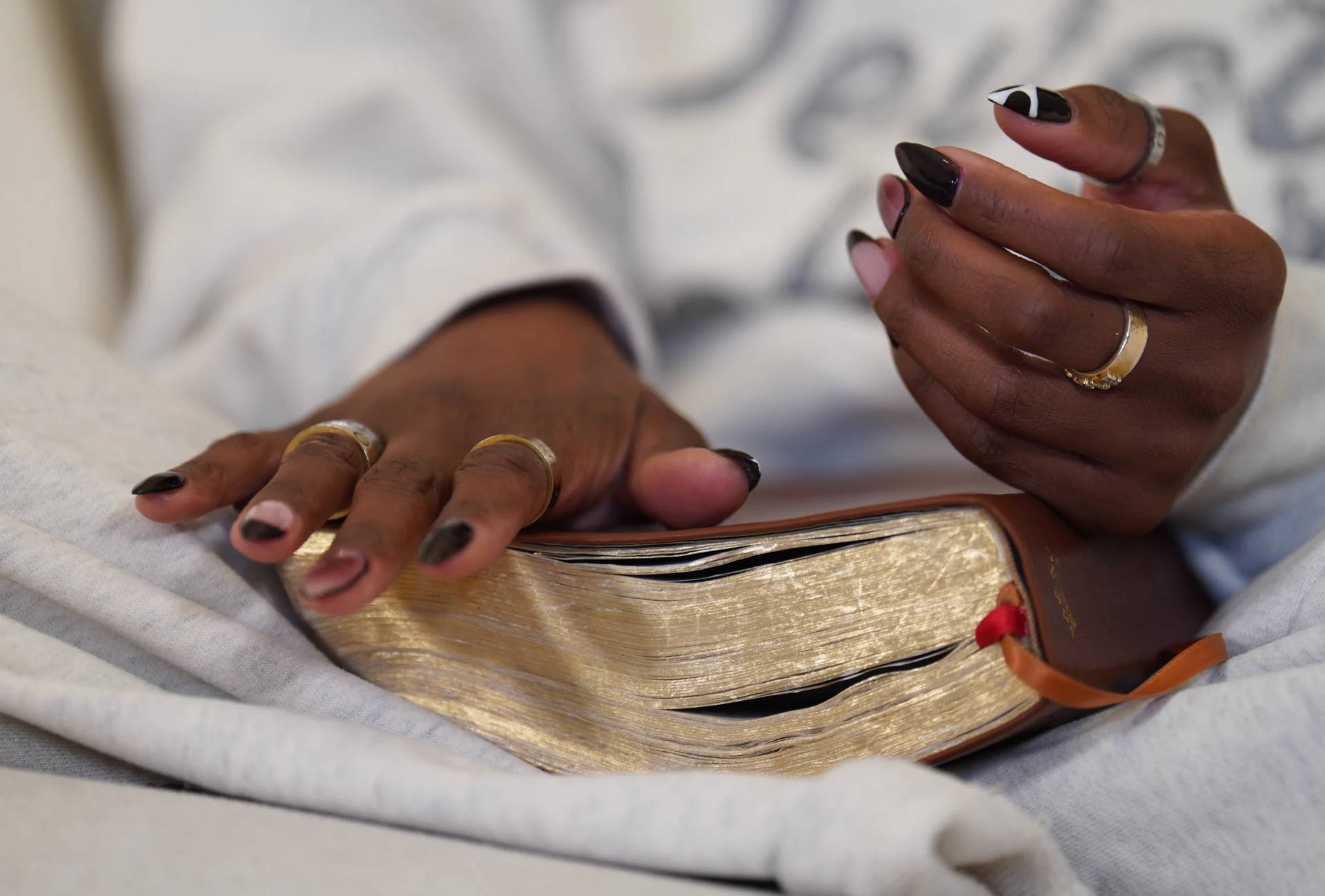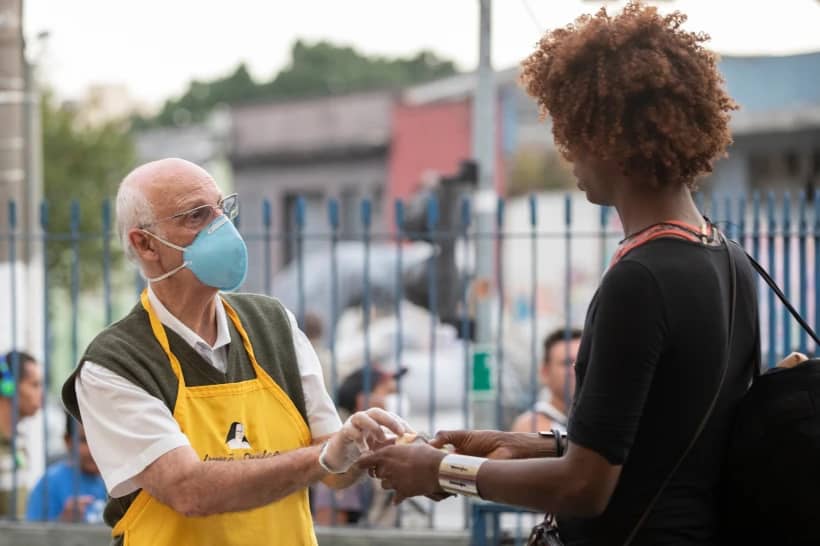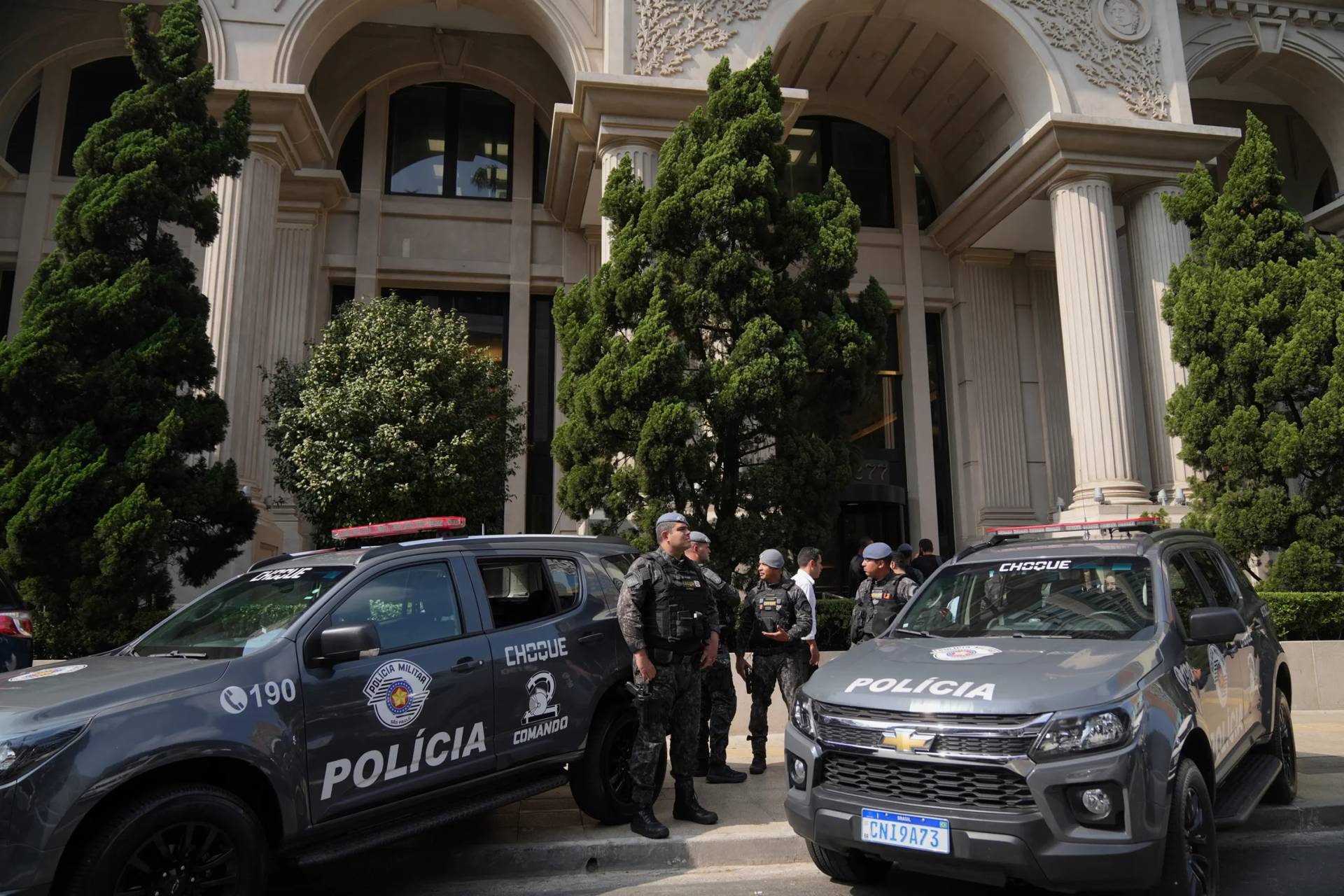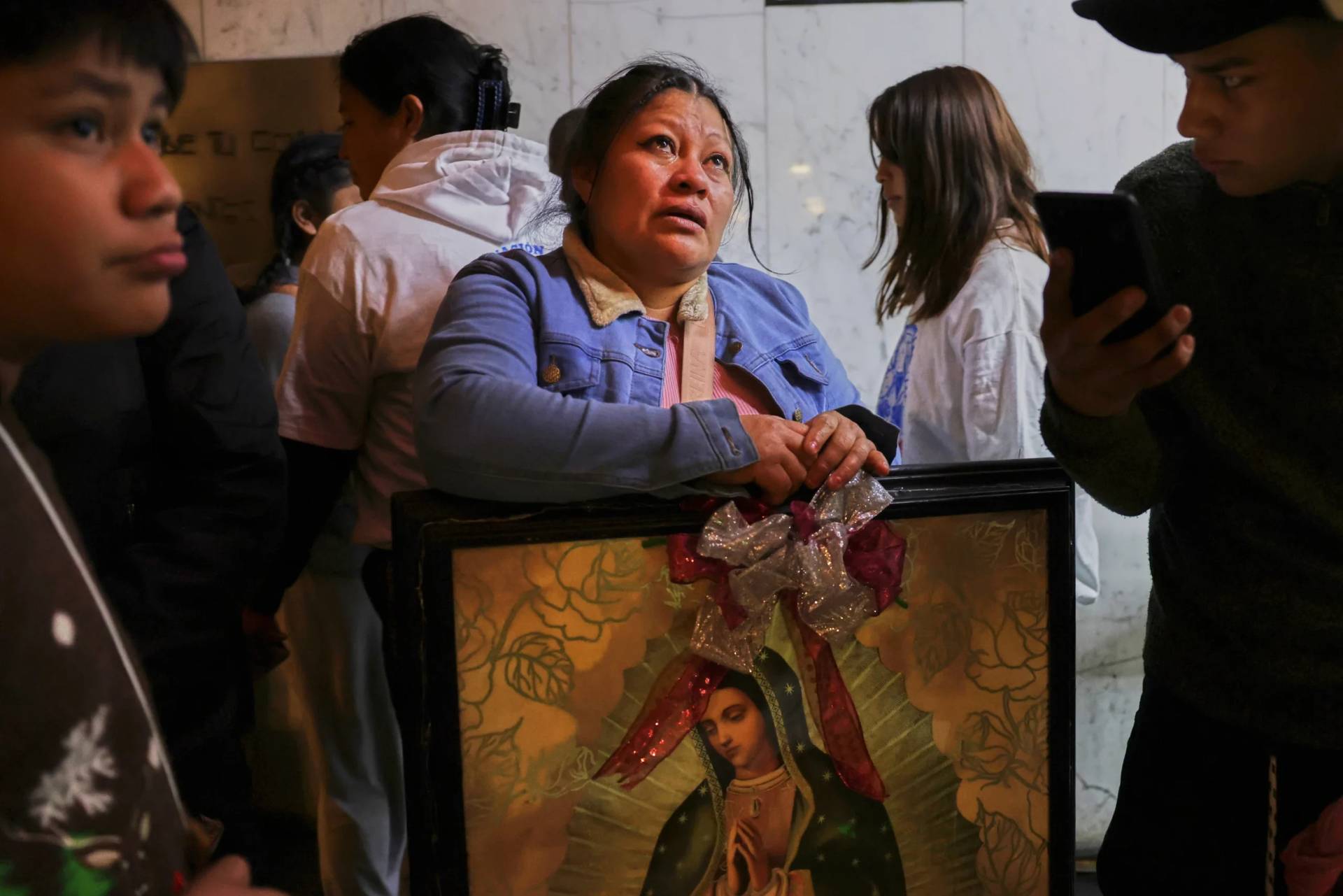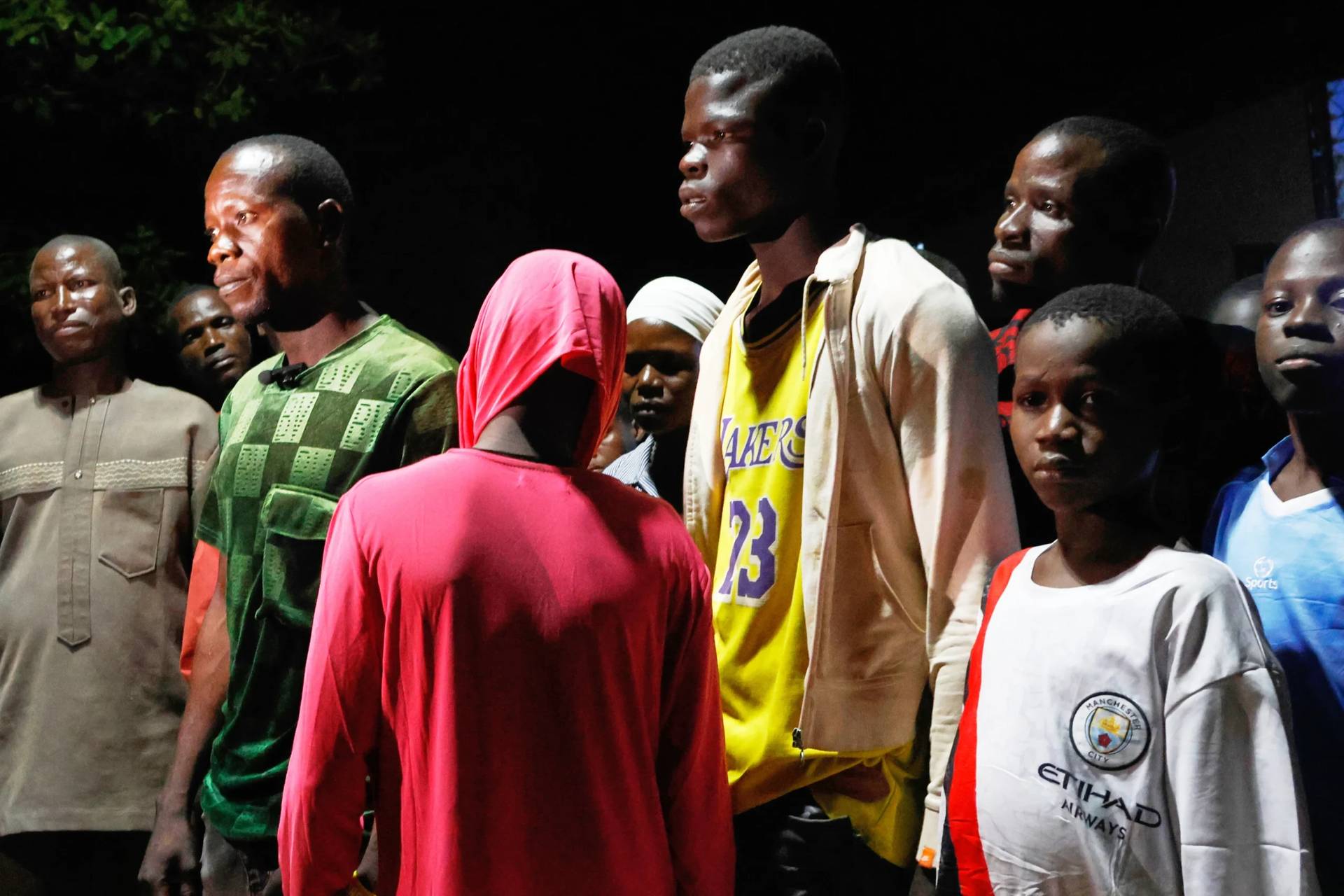ROSARIO, Argentina – A little over two years after Pope Francis accepted the resignation of a controversial Chilean bishop accused of covering up sexual abuse by his mentor, a local network of clerical abuse survivors are alleging that neither civil nor Church authorities are making allegations public.
In an online map that is updated periodically, mostly recently on Wednesday, the Chilean Network of Clerical Sexual Abuse Survivors counts 41 new allegations against priests, religious brothers, and religious sisters in the past 6 months.
The map now lists 360 public allegations of sexual abuse against a Church official in the country.
The map includes allegations both of abuse and allegations of cover up. The list includes some infamous cases, such as Fernando Karadima and Cristián Precht, two former priests sanctioned by the Vatican and eventually removed from the priesthood by Pope Francis.

Also on the list are bishops who’ve been removed from their positions after Francis sent two Vatican investigators to look into the allegations of cover-up made against Bishop Juan Barros.
Barros, a protégé of Karadima, was appointed to the southern diocese of Osorno by the Argentine pontiff in 2015, causing uproar among victims and their advocates.
Archbishop Charles Scicluna and Monsignor Jordi Bertomeu were in Chile twice in 2018, receiving testimony about Barros, Karadima, Precht and many others. The 2,300-page report they compiled led to Francis calling the entire Chilean episcopate to Rome, where the prelates presented their resignations en masse. Francis also met with survivors and publicly apologized to them, acknowledging that he had been “part of the problem” in handling the abuse crisis in the country.
Several of those resignations were accepted in a few months, including that of Barros, Cardinal Ricardo Ezzati of Santiago; Archbishop Cristian Caro of Puerto Montt; and Bishop Gonzalo Duarte of Valparaiso.
At the time Francis accepted his resignation, Ezzati was facing an abuse cover-up probe by the civil authorities. However, for almost a year, the prosecutor’s office has said nothing about the investigation, and it seems to be at a stand-still.
Duarte is accused both of abusing seminarians and of covering-up the crimes of several priests. He too was investigated by the civil authorities, but neither the prosecutor’s office nor the Vatican’s Congregation for the Doctrine of the Faith has communicated any updates on his case. As he was over 75 when the pope accepted his resignation – the same day he accepted Barro’s – Duarte has been able to say Francis accepted his resignation because he was at the official age of retirement. No one beyond victims and abuse advocates has publicly corrected him.
RELATED: Chilean bishops called in to testify about cover-up allegations
Though some of these scandals were front-page news during the first year after the crisis exploded, the Chilean network of clerical abuse survivors claims that two years after Scicluna and Bertomeu visited the country to meet with victims and civil authorities, little to nothing has happened to the abusers.
Several abusers have been removed from the priesthood, but the bishops and cardinals who face allegations, so far, have not faced the consequences. The four cardinals listed on the map are Ezzati, and his predecessors as archbishops of Santiago: Cardinal Francisco Errazuriz, who was a member of the council of cardinals that advises the pope on the reform of the Roman curia; the now-deceased Cardinal Oviedo Cavada; and Cardinal Jorge Arturo Median Estevez, Prefect Emeritus of the Vatican’s Congregation for Divine Worship and the Discipline of the Sacraments (1996-2002).
Errazuriz was one of two members of the council of cardinals – the other being Australian Cardinal George Pell – who wasn’t re-confirmed after the five-year term was up. Neither the Vatican nor Francis ever publicly stated if this decision had anything to do with the allegations facing the Chilean cardinal.
Pell was at the time on trial over allegations of historic sex abuse. He was originally convicted by an Australian court, but this was overturned by the High Court earlier this year.
The Chilean map also includes the names of 27 bishops and 48 men and women who were in positions of power, including vicars general, rectors of seminaries, and superiors of religious orders. It also includes 178 priests, 3 chaplains, 15 deacons, 60 religious brothers and sisters, and 17 lay people who are accused of abusing children while they were working as teachers in Catholic schools or catechists.
In a statement released with the updated list, the survivors lamented that after many in 2018 spoke with Scicluna and Bertomeu “trusting that justice would be done,” they’ve now waited for two years “and many were never contacted again or their being denied accessing information about their cases.”
“For this reason [survivors] approach the network, looking for advice to make the allegations to civil authorities and they give us the allegations for this map,” the network wrote. “We know that not everyone who collaborated with the canonical investigation has given the information to compile this map or gone to civil authorities. We advise them to do so and we place the legal team of the network at their disposal.”
They also note that the map is the only “public source of information” on members of the Church hierarchy with allegations of abuse and cover up in the country, and that both the “Chilean prosecutors office and the Church have stopped publishing the numbers and removed from the internet the names of those accused and investigated, even those condemned.”
The sources for each pin on the map, they write, are the victims themselves, press articles, information released by the Public Ministry, the Church and BishopAccountability.org.
“This material is incomplete,” the survivors’ network writes. “The atrocious secretism of the Catholic Church world wide makes it very hard to collect the needed information.”
Follow Inés San Martín on Twitter: @inesanma








